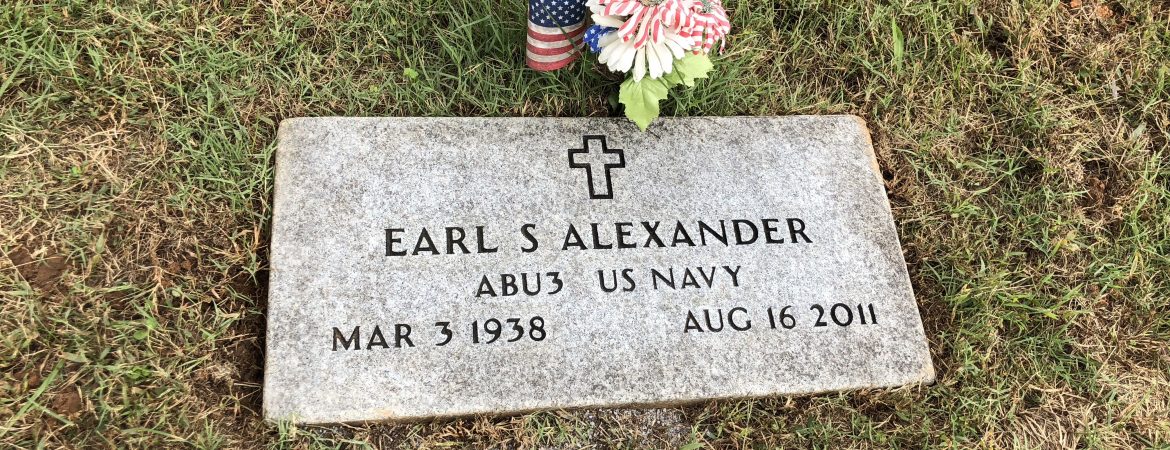Monuments | Garden Rocks | Stone Restoration | Signs
M-F: 9 AM to 5:30 PM | Sat: 9 AM to 1 PM | Sun: Closed
-
708, Home Ave.
Maryville, TN 37801
-
Call Us On
865-724-2644
-
Mail Us @
How to Clean a Gravestone

How to Clean a Gravestone
How to Clean A Gravestone
A gravestone needs cleaning and maintained carefully. This is to avoid getting it scratched or tarnished. It is best to use a soft-bristle brush, or at most a plastic scraper or craft stick, instead of a wire brush or abrasive pad.
Take care to avoid cleaning with detergents that contain compounds. Such as sodium bicarbonate, sodium chloride, and sodium sulfate. Also, ammonium carbonate, and trisodium phosphate (TSP or Calgon). They contribute to the build-up of soluble salts beneath the surface of the stone.
In addition, determine the general condition of the headstone, gravestone, or tombstone. This will help you take the proper measures to clean it.
In the case a gravestone has flakes and cracks then you will have to be extremely careful while cleaning. You may avoid cleaning if the headstone is in a fragile condition.
Plus, avoid pressure washing a gravestone. Remember to wash the monument from the bottom to the top to minimize streaking and staining.
Tips for using detergent
Do not use a household cleaner like soap, borax, Spic and Span, Fantastik and Formula 409. Also, muriatic acid, phosphoric acid, and other strong acids and bases. They tend to be corrosive.
You can use a non-ionic detergent. Mix an ounce of the detergent in a gallon of water. Unlike most other detergents, it does not cause the deposition of soluble salts on the gravestone. You can find non-ionic detergents at janitorial, photographic, and conservation supplies.
Clean light colored marble or limestone tombstones with a cup of ammonium hydroxide. Or household ammonia mixed in a gallon of water to remove biological growth. Growth such as moss, mildew, algae, and lichen.
Avoid using chlorine bleach as they tend to result in light brown staining after some time. The best and safest means of cleaning a headstone is soft water. So, avoid using cleaning solutions as far as possible.
What if there appears to be lichen growth on the headstone in the form of grey and orange patches? Moisten the affected area and scrub it with a mixture of one part of ammonia and four parts of water. Finally, wash it with regular water.
Besides, you can prepare a homemade poultice by mixing equal parts of water and glycerin. Preferably mix vegetable glycerin in dry porcelain clay until you get a smooth consistency.
Remove black algae growth with a solution of one lb granular calcium hypochlorite. Mix this in four gallons of water.
Contact Us at Tennessee Memorials
Furthermore, keep in mind that gravestones made from materials like sandstone, marble, slate, etc. need not cleaned and washed too often. If so, they may deteriorate soon. In fact, having cleaned a monument, you need not clean it again for the next ten years.
When choosing a cleaning solution, look for a non-corrosive solution. A solution which is colorless, odorless, and tolerant to hard water.
Before applying a cleaner, pre-wet the headstone so that the solution does not permeate deeper in the stone. Plus, remember not to let a cleaning solution dry on the stone. Hence, rinse the stone thoroughly.
We suggest testing the suitability of the cleaner before using it. Moreover, take the environmental conditions and humidity levels into consideration.
Visit us at Tennessee Memorials for more tips and information! Also, be sure to follow us on Facebook!
Tags: Gravestone, Knoxville, Maryville, Memorial Headstones, Oak Ridge
